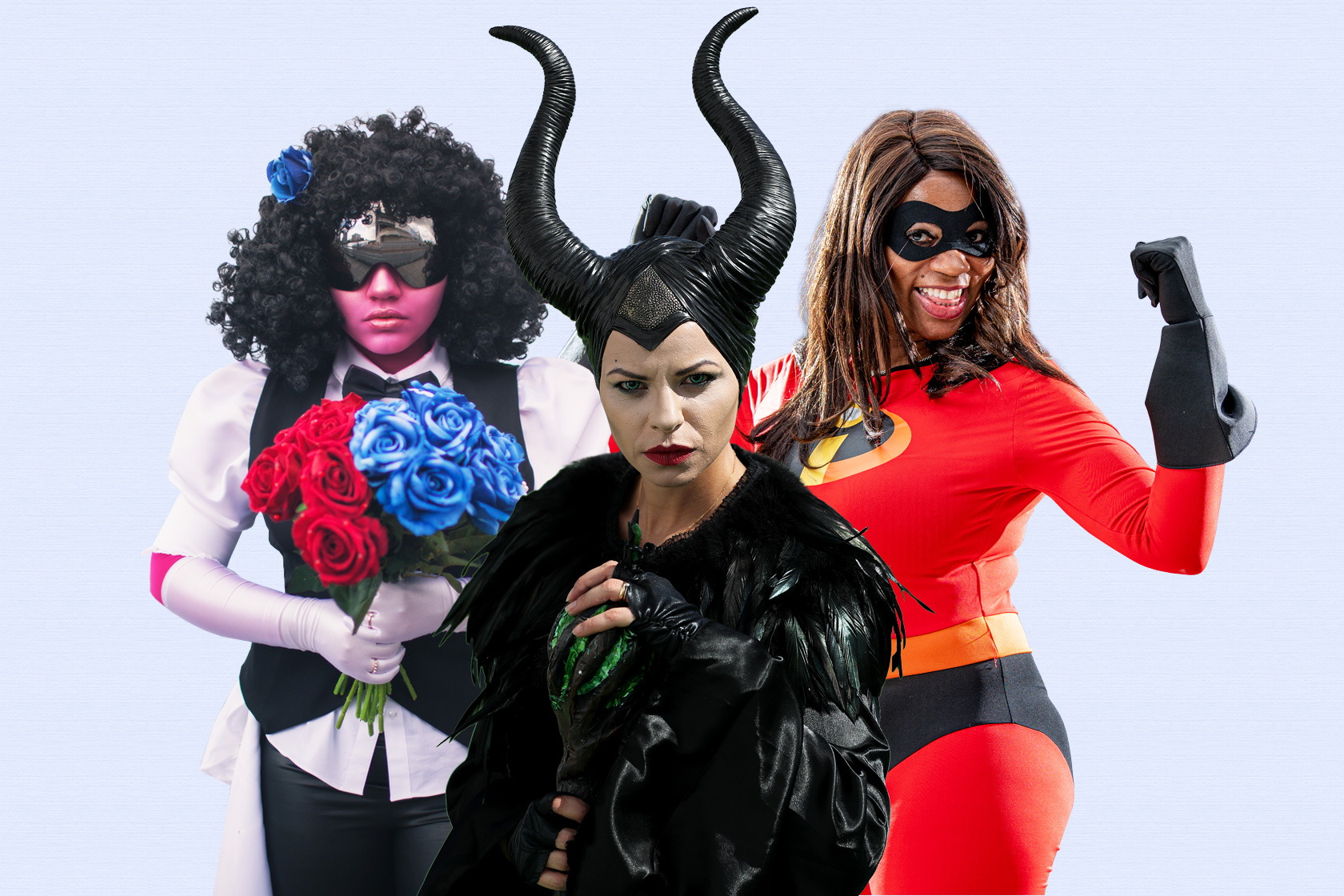Haven’t we all wondered at some point what would it be like to be in the place of our favourite characters? To don their outfits? Well, with cosplay, everything is possible!
Cosplay or costume-play has become an integral part of several fandom spaces involving many media forms, primarily comic books and related or inspired movies or series. The anime and manga cosplay spaces are especially active and growing with the rise in their popularity. In cosplay, one can dress up as any character they want and in any way. Not only is it a more immersive experience involving the original media form, but it can also help promote many healthy and positive images.
Cosplay or costume-play has become an integral part of several fandom spaces involving many media forms, primarily comic books and related or inspired movies or series. The anime and manga cosplay spaces are especially active and growing with the rise in their popularity. In cosplay, one can dress up as any character they want and in any way. Not only is it a more immersive experience involving the original media form, but it can also help promote many healthy and positive images.
Smashing Impossible Body Standards
It is no secret that comics in general have long perpetuated impossible and toxic body standards. Tiny waists and huge breasts clad in skimpy or skintight bodysuits are a standard practice in comics across genres and countries of origin. This seemingly “perfect” body is undoubtedly an unrealistic standard. With a large number of male creators behind these portrayals of female characters, it becomes all the more terrible because they are essentially served up to the male gaze.
However, with cosplay, these characters and their unrealistic images can be reclaimed and the male gaze, subverted. One can even reimagine them! With more and more people experimenting with cosplay, there are then opportunities of replacing these portrayals with more realistic depictions through active participation of the target audience. Kelsey McKinney observes in Vox, “Unlike some drawn women, the real-life women who cosplay choose to wear their costumes, and choose to own their sexuality. And that’s powerful. If women are made (drawn) sexy, so that men can stare at them, it treats women — all women, not just the fictional, sexualized ones — as a product of the male gaze, instead of as people. What’s empowering for women about cosplay is that ‘sexy’ can be defined by a woman choosing to wear something for herself, regardless of how it affects men.”

No longer is the character then confined to the screen, with limitations imposed on it by the creator. Rather, fans can mould them more tangibly from their imagination and even go for a more immersive experience by literally being in their shoes! Moreover, without barriers of gender, anyone can play any character that they want as well, leading to more fluidity and freedom when it comes to imagining these fictional characters.
Cosplay conventions, forums and gatherings, go on to create communities as well. Having a safe space for your favourite indulgences is always a delightful experience. However, there is still a long way to go in terms of general perceptions. Cosplayers are often victims of bullying, body shaming and even fetishisation. Regardless of their gender and the characters they choose to cosplay, fetishsisation is a growing problem especially because it often leads to other and more severe forms of harassment. There should be an active awareness to not be too immersed in an experience that is after all, rooted in fiction.
Also read: Japanese Anime: Deconstructing The ‘Strong’ Female Character Tropes
Cosplayers are often victims of bullying, body shaming and even fetishisation. Regardless of their gender and the characters they choose to cosplay, fetishsisation is a growing problem especially because it often leads to other and more severe forms of harassment. There should be an active awareness to not be too immersed in an experience that is after all, rooted in fiction.
Nevertheless, there is no denying that cosplay can certainly situate itself as a strong medium of self-expression, subversion of toxic norms and an empowering outlet. And over all, it can be fun!
Featured image source: redbull.com
About the author(s)
Sudarshana Ganguly is currently pursuing a Bachelors in English from Jadavpur University. When she’s not procrastinating or falling victim to impulse retail therapy, she can be found learning new languages, fangirling over her favourite kpop acts and daydreaming about herself as a future magazine editor. She is passionate about fashion, especially about how it can be made more sustainable and inclusive.






really love this article. powerful message